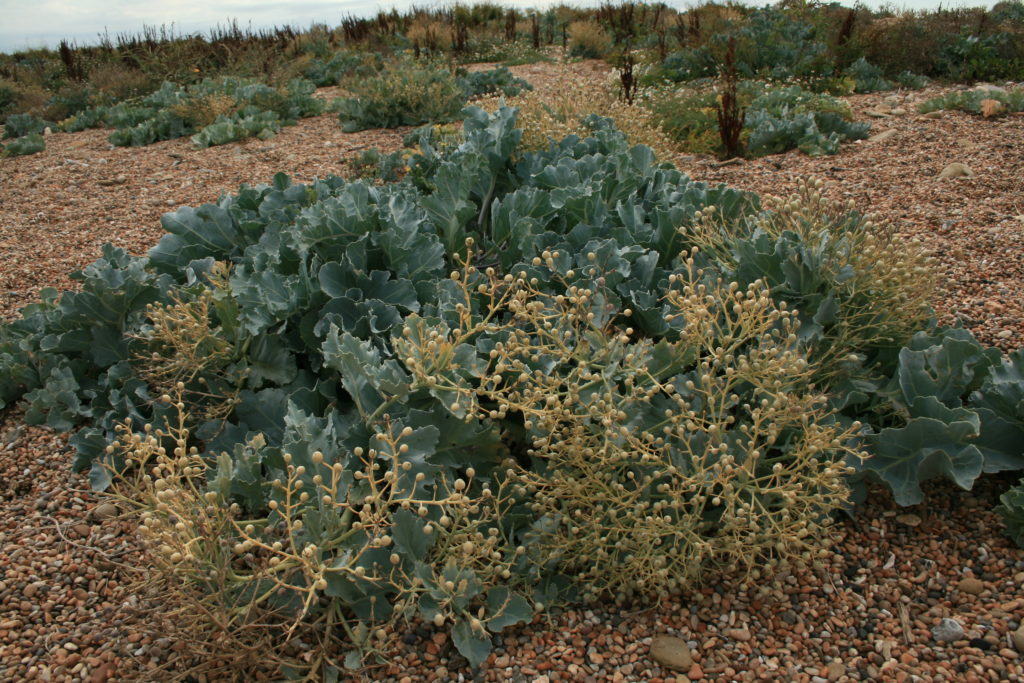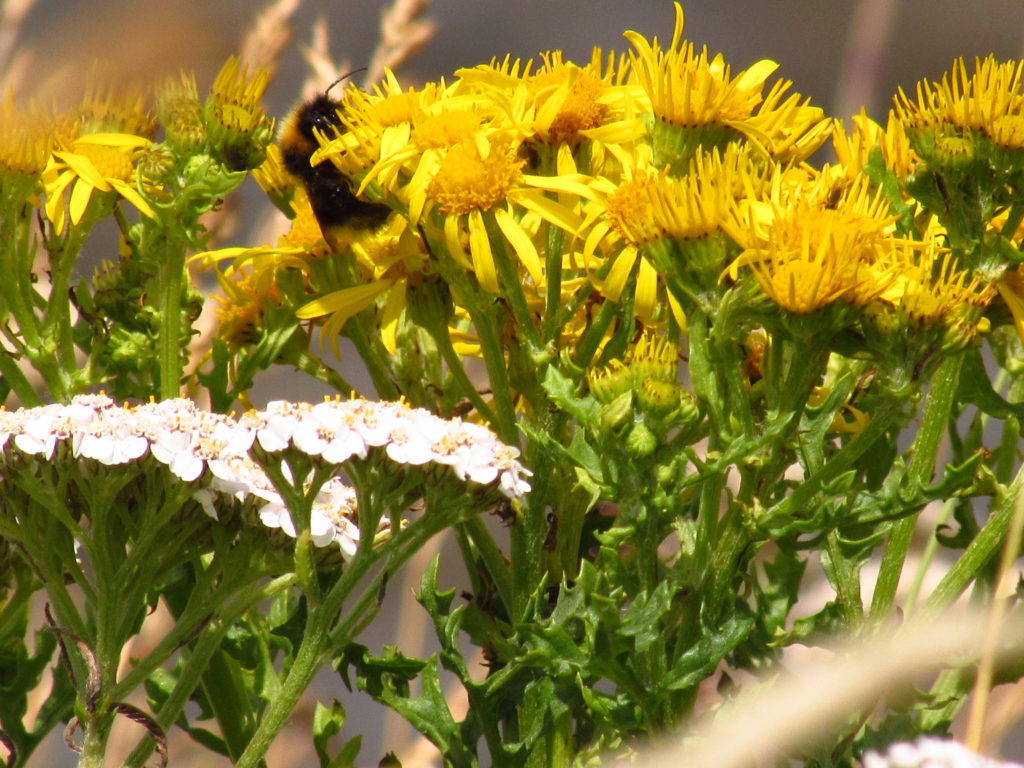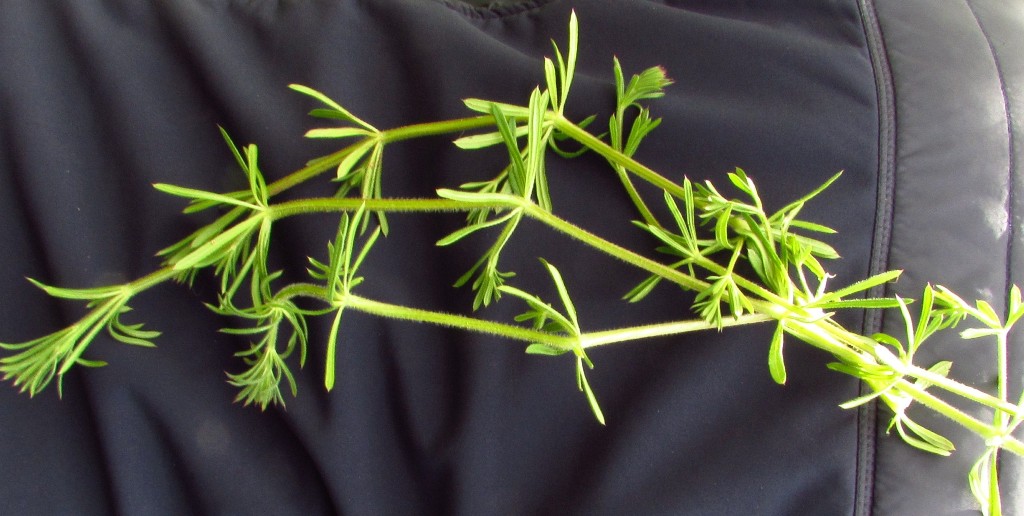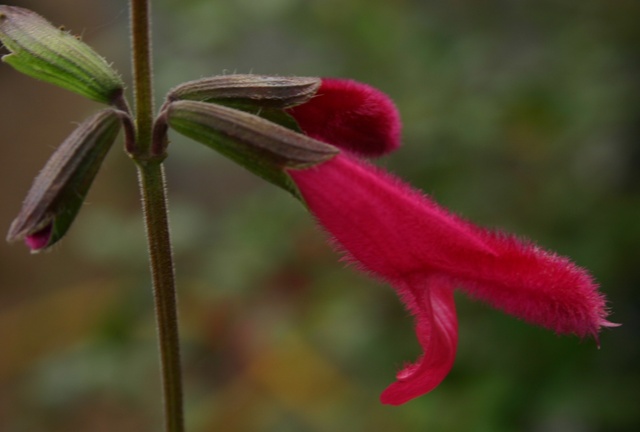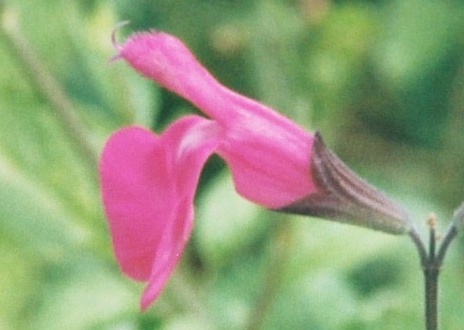To talk kindly about the weeds in my weekly blog, we first need to identify those weeds of which many people despise…!
I found the RHS website very useful please see here as well as how to tackle them.
I don’t really want to repeat what this brilliant website says, as my weekly blog wants to highlight the positive things about those weeds!
Weeds are also just being ‘themselves’; one of the many native plants of these Isles! They grow in soil and habitat in which they naturally like to grow in and often we are actually helping them greatly by providing a pleasant environment to thrive even more!
Continue reading “The Wonderful Weed Weekly Blog”
